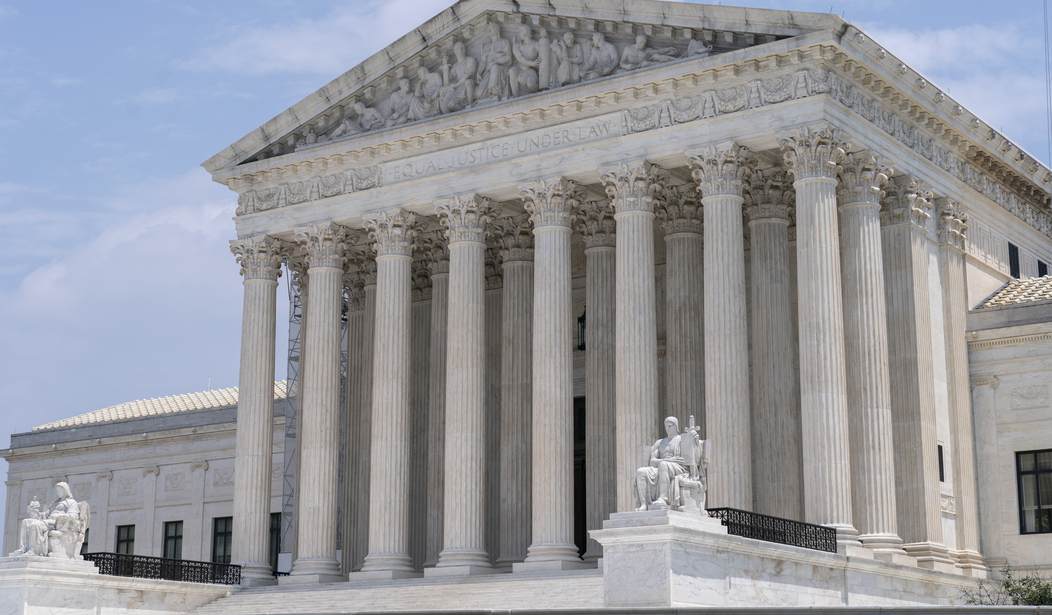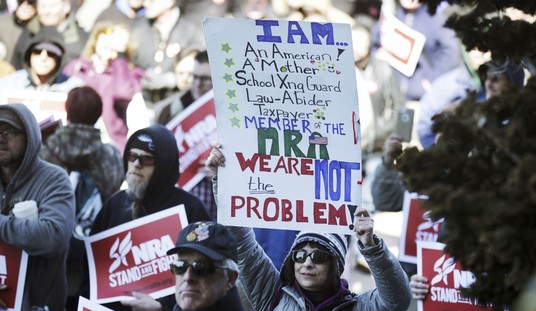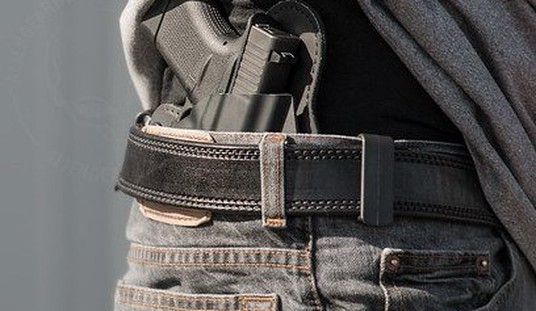Another day, another frustrating decision from the Supreme Court. On Monday afternoon, the justices granted without comment a request by the Department of Justice to block an injunction by a federal judge in Texas and allow the ATF to fully enforce its “frame or receiver” while the case is litigated.
The move is actually the second time that the High Court has weighed in and allowed the rule to be enforced, with five justices (including Chief Justice John Roberts and Justice Amy Coney Barrett) overturning a broader injunction back in August. After SCOTUS shot down the first injunction, a more narrow order was issued barring the ATF from enforcing its rule, but only against the named plaintiffs and their customers. On Monday, even that narrow protection was removed, at least temporarily.
The court’s brief order gave no reasons, which is typical when the justices act on emergency applications. There were no noted dissents.But the order nonetheless amounted to an unusual rebuke of two lower courts that had appeared to defy the justices’ earlier decision.
After the Supreme Court’s initial ruling, issued Aug. 8, a federal judge in Texas and the U.S. Court of Appeals for the Fifth Circuit allowed two manufacturers to continue to sell the banned kits. The courts reasoned that the justices had left open the possibility of tailored relief for individual businesses.
“We are unpersuaded by the government’s insistence that the district court flouted the Supreme Court’s Aug. 8 order,” a three-judge panel of the Fifth Circuit wrote this month in an unsigned opinion refusing to pause a trial judge’s ruling in favor of the manufacturers.
In an emergency application asking the Supreme Court to intervene, Solicitor General Elizabeth B. Prelogar wrote, in unusually sharp language, that the lower courts had indeed flouted the justices’ authority and “effectively countermanded this court’s authoritative determination.” She added that “the court should not tolerate that affront.”
She went on: “The lower courts openly relied on arguments that this court had necessarily rejected.”
The lower-court rulings, if allowed to stand, would have sweeping consequences, Ms. Prelogar wrote. Under them, she wrote, “anyone seeking to buy a gun without a background check — including felons, minors and other prohibited persons — can readily procure and complete an untraceable firearm from respondents’ websites.”
Without any written dissents, it’s hard to determine the motivation behind the Court’s move. Is it a signal that there are five justices ready and willing to uphold the ATF’s rule defining unfinished gun parts as completed firearms, or, as the New York Times intimates, was this more about rebuking the Fifth Circuit Court of Appeals for what the justices see as playing fast and loose with the Court’s authority?
It’s hard to tell, but thankfully this isn’t the last word from SCOTUS. In fact, the actual trial to determine the constitutionality of the ATF’s regulation has yet to take place, so all of these injunctions and denials are taking place at an early stage in the litigation. The Court could still ultimately determine that the agency’s rules are a violation of the Administrative Procedures Act, but Monday’s decision is still incredibly frustrating, and one that the gun control lobby is casting as a victory.
We can't wait to hear your cries and see your tears once we get this rule thrown out AGAIN.
Enjoy losing. https://t.co/cIvoK9grTp
— Firearms Policy Coalition (@gunpolicy) October 17, 2023
After delivering a solid win for Second Amendment advocates in Bruen last year the Court has taken a hands-off approach to the lower court battles over gun control that have ensued, but this feels a little different. SCOTUS isn’t letting a lower court decision stand here. It’s intervening, and doing so in order to allow a sketchy ATF regulation to be enforced with the full weight of federal law behind it. I hope that FPC is right that it won’t be long before the rule is tossed out yet again by the Fifth Circuit Court of Appeals, but the bigger question is where SCOTUS stands when it comes to the legality of the agency’s rule, not just the lower courts’ emergency injunctions.









Join the conversation as a VIP Member